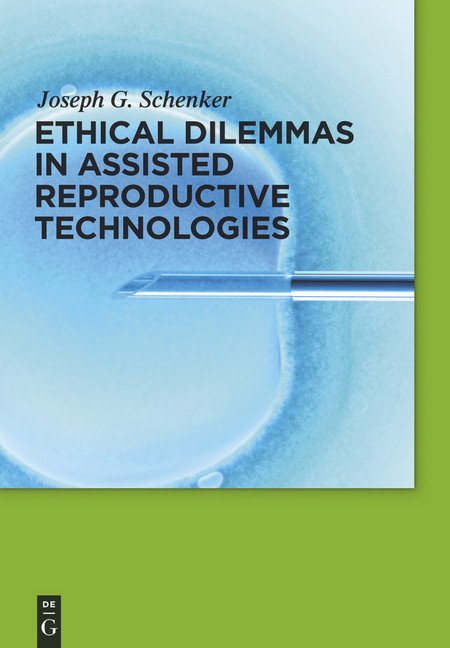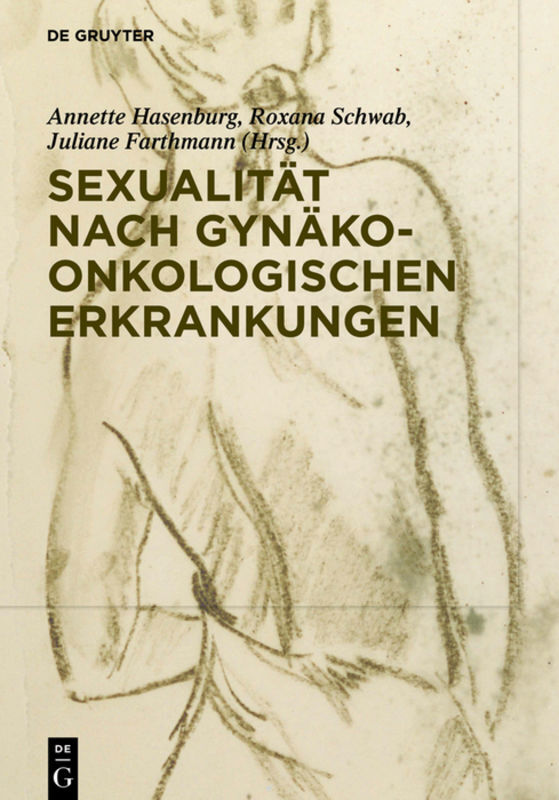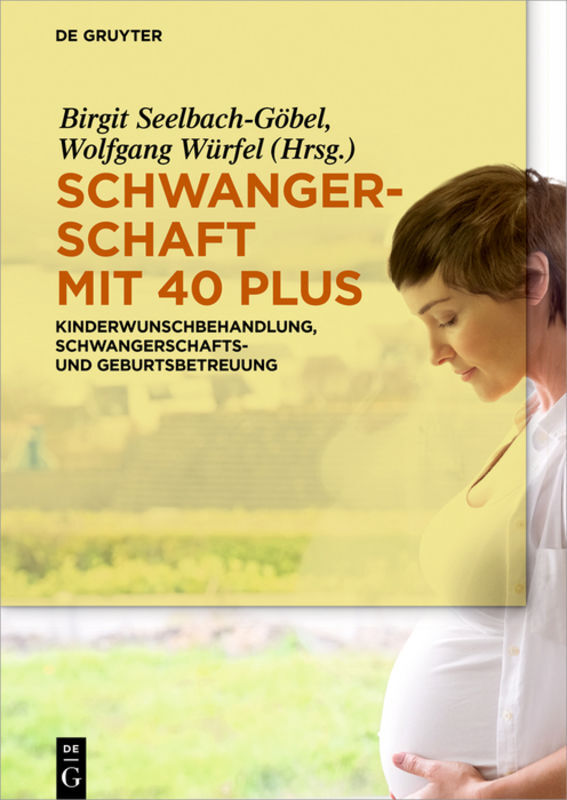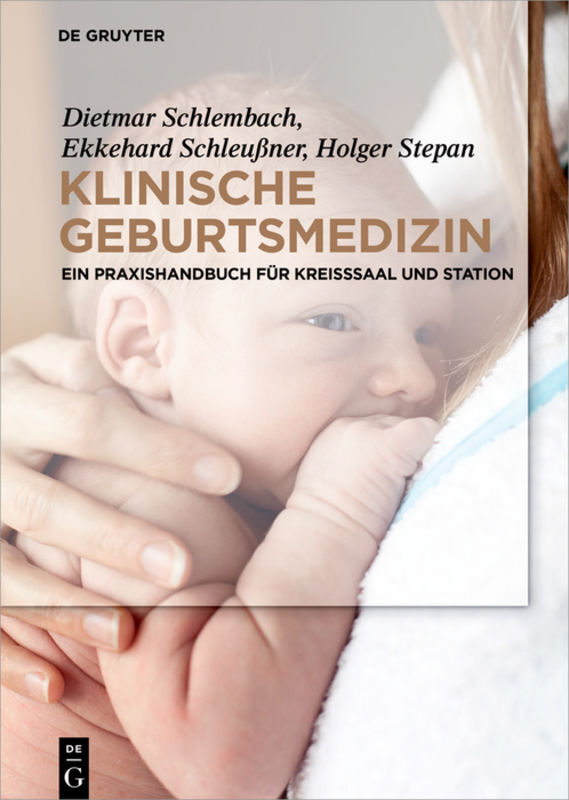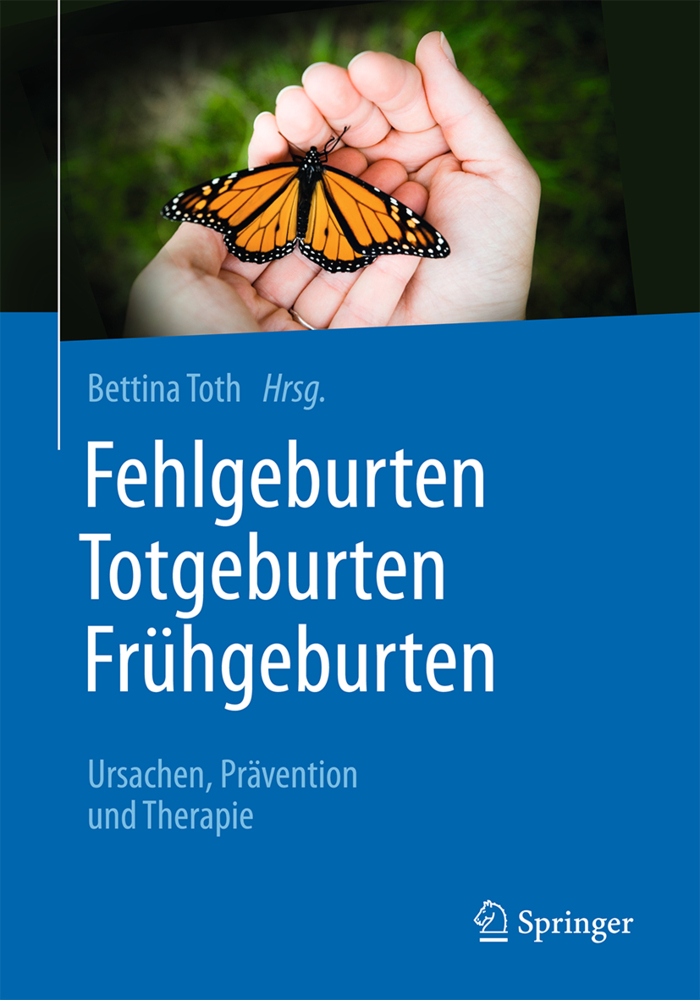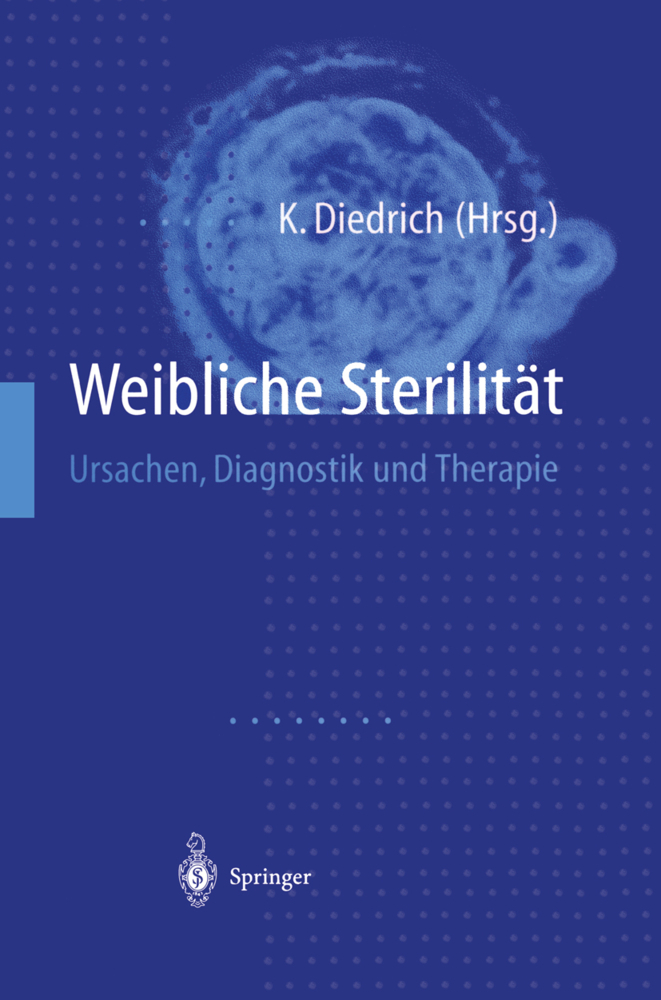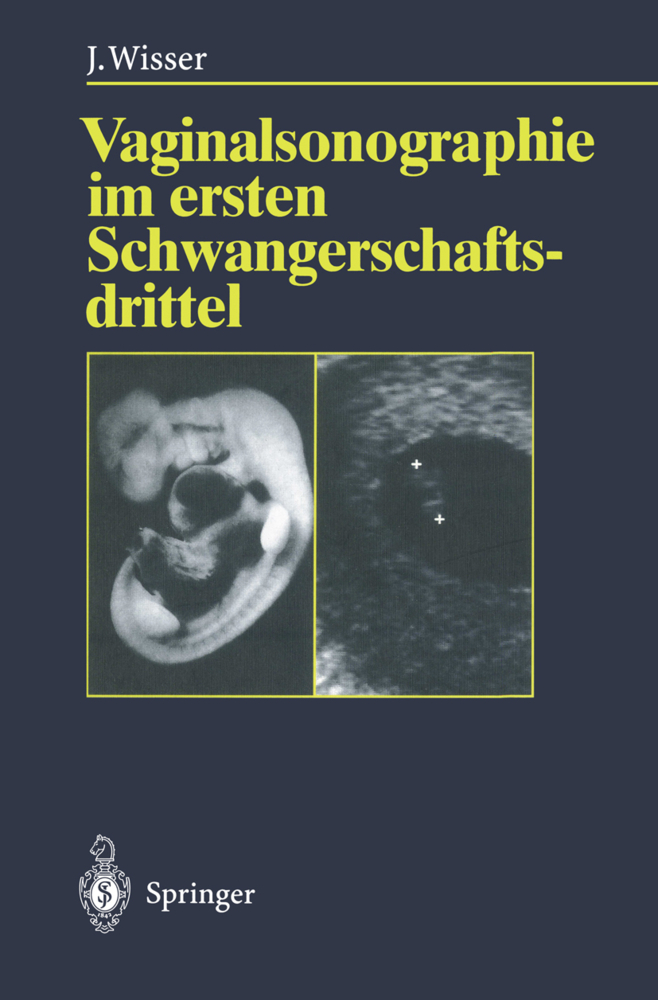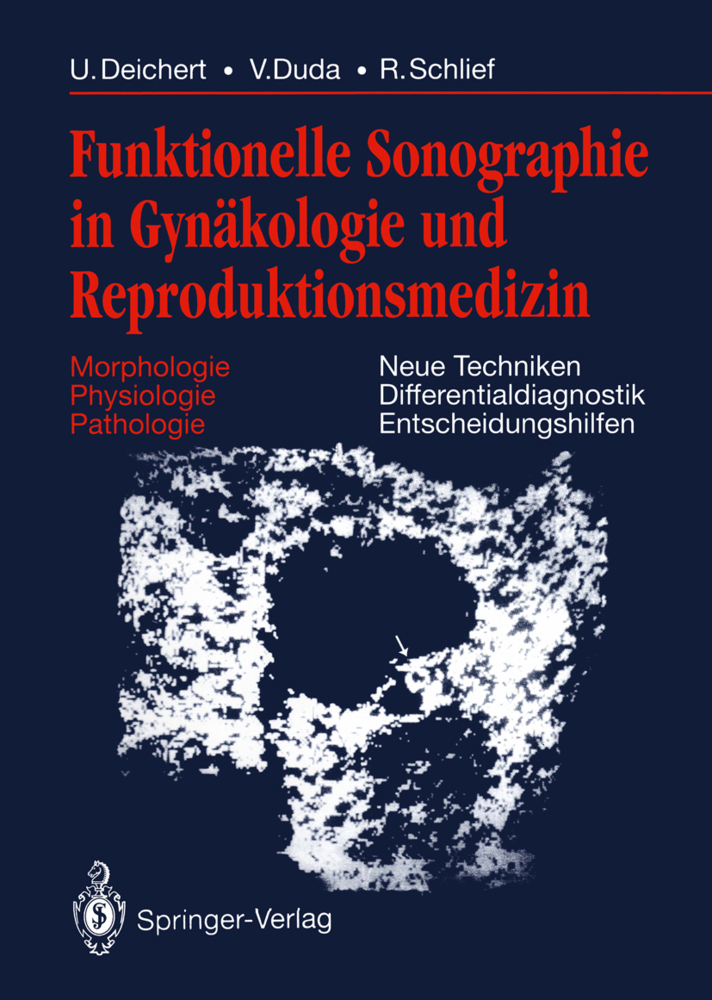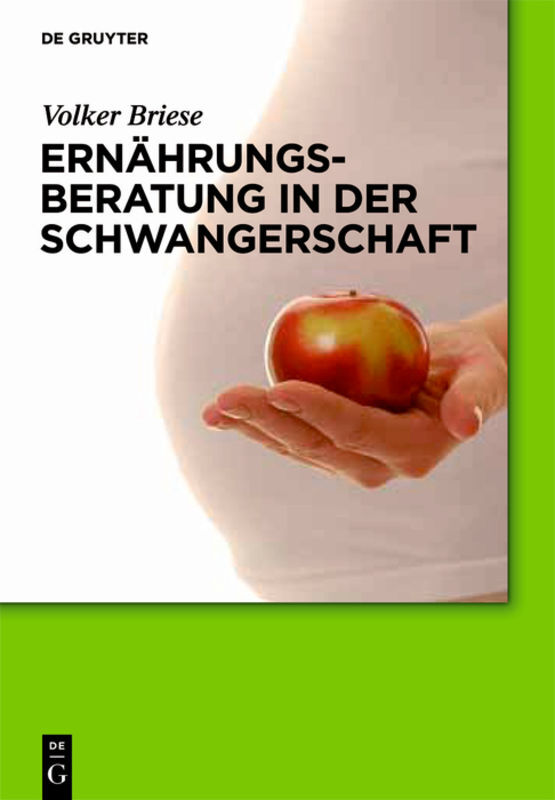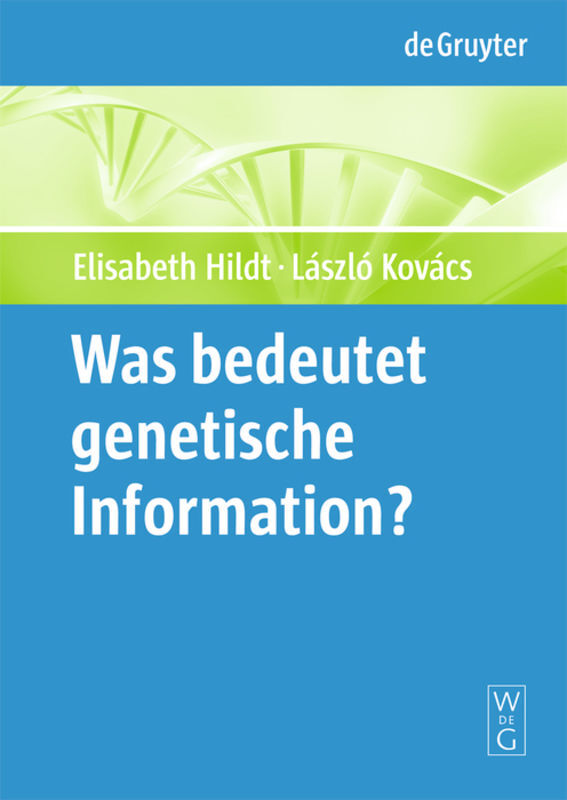Ethical Dilemmas in Assisted Reproductive Technologies
Assisted reproductive technologies (ART) include the artificial or partially artificial methods to achieve pregnancy. These new technologies lead to substantial changes regarding of ethical and legal aspects in reproductive medicine. The book focuses on current hot topics about ethical dilemmas in ART, e.g. about the duties of ethical committees, guidelines regarding informed consent, ethical and legal aspects of sperm donation, embryo donation, ethics of embryonic stem cells, therapeutical cloning, patenting of human genes, commercialization.
1;Contents;6 2;Preface;18 3;Author index;22 4;1 The foundations and application of medical ethics;26 4.1;1.1 Introduction;26 4.2;1.2 Historical background;26 4.3;1.3 General ethical theories and principles;27 4.4;1.4 Modern medical ethics;33 4.5;1.5 Conclusion;38 5;2 Legislation for assisted reproductive technologies;40 5.1;2.1 Introduction;40 5.2;2.2 Legislation and regulations;41 5.3;2.3 Legislative motivations;43 5.4;2.4 Evidence-based legal policy;45 5.5;2.5 The focus of legislation;47 5.6;2.6 Human rights;50 6;3 Reproductive rights as an integral part of women's rights;54 6.1;3.1 Introduction;54 6.2;3.2 Granting women equal rights: the origin of discrimination;55 6.2.1;3.2.1 Cornerstones of women's rights;57 6.2.1.1;3.2.1.1 Dignity, body integrity, and freedom from violence;57 6.2.1.2;3.2.1.2 Equality and empowerment;59 6.2.1.3;3.2.1.3 Full, unconditional access to health care services;60 6.2.2;3.2.2 A right to treat infertility;61 7;4 Right to reproduce;68 7.1;4.1 Socioeconomic issues;68 7.2;4.2 Religious issues;70 7.3;4.3 Legal and historical aspects;70 7.4;4.4 Moral aspects;73 7.5;4.5 ART-related aspects;74 8;5 Informed consent for treatment of fertility;78 8.1;5.1 Introduction;78 8.2;5.2 The right to experience parenthood and its standing;79 8.3;5.3 The informed-consent doctrine;80 8.3.1;5.3.1 The doctrine and its nature;80 8.3.2;5.3.2 Application of the doctrine to fertility treatments;80 8.4;5.4 Mutual consent of spouses;81 8.4.1;5.4.1 Joint process;81 8.4.2;5.4.2 The good of the child and consideration of parental capability;82 8.5;5.5 Validity of the consent;83 8.5.1;5.5.1 Effect of the initial consent;83 8.5.2;5.5.2 Withdrawal of patient consent;84 8.5.3;5.5.3 Physician's withdrawal of consent;84 8.5.4;5.5.4 Consent after death;85 8.6;5.5 Conclusion;85 9;6 Specific ethical and legal aspects of ART practice in eastern European countries;88 9.1;6.1 Introduction;88 9.2;6.2 Situation in eastern European countries;88 9.2.1;6.2.1 Number of centers;88 9.2.2;6.2.2 Legal regulation of ART;89 9.2.3;6.2.3 Coverage or reimbursement of ART;90 9.2.4;6.2.4 Marital status in ART;91 9.2.5;6.2.5 The number of transferred embryos in ART;92 9.2.6;6.2.6 Cryopreservation;93 9.2.7;6.2.7 Posthumous ART;95 9.2.8;6.2.8 Gamete donation;96 9.2.9;6.2.9 Anonymity;97 9.2.10;6.2.10 Micromanipulation;98 9.2.11;6.2.11 In vitro maturation of oocytes;99 9.2.12;6.2.12 Welfare of the child;100 9.2.13;6.2.13 Multifetal-pregnancy reduction;101 9.2.14;6.2.14 Preimplantation genetic diagnosis;102 9.2.15;6.2.15 Surrogacy;103 9.2.16;6.2.16 Research on the embryo;104 9.2.17;6.2.18 Gamete intrafallopian transfer;106 9.2.18;6.2.19 The moral status of the embryo;106 9.3;6.3 Conclusions;107 10;7 Sperm donation and sperm-bank management;112 10.1;7.1 Introduction;112 10.2;7.2 Limiting the number of donor offspring;113 10.2.1;7.2.1 United States;113 10.2.2;7.2.2 United Kingdom;113 10.3;7.3 Minimizing the risk of infection and genetic complications from sperm donors;114 10.4;7.4 Age requirements for sperm donors;114 10.5;7.5 Anonymity versus nonanonymity of sperm donors;115 10.5.1;7.5.1 Anonymous sperm donation;115 10.5.2;7.5.2 Nonanonymous sperm donation;116 10.6;7.6 Sperm-donor compensation;117 10.7;7.7 Informed consent and counseling;118 10.8;7.8 Conclusions;118 11;8 Oocyte donation: medical and legal perspectives;120 11.1;8.1 Introduction: Indications for egg donation;120 11.2;8.2 Preparation of donor and recipient;121 11.3;8.3 Outcome determining factors;123 11.4;8.4 Obstetric and perinatal outcomes;123 11.5;8.5 Ethical aspects;124 11.6;8.6 Legislation;126 11.6.1;8.6.1 The new Israeli legislation;129 11.7;8.7 Summary;132 12;9 Egg donation: ethical considerations and regulatory context;136 12.1;9.1 Introduction;136 12.2;9.2 The regulatory context;136 12.3;9.3 Donating eggs;137 12.3.1;9.3.1 Informed consent;137 12.3.2;9.3.2 Meeting demand: remuneration and other programs;138 12.3.2.1;9.3.2.1 Financial compensation;138 12.3.2.2;9.3.2.2 Egg-sharing programs;139 12
Schenker, Joseph G.
| ISBN | 9783110240214 |
|---|---|
| Artikelnummer | 9783110240214 |
| Medientyp | E-Book - PDF |
| Copyrightjahr | 2011 |
| Verlag | Walter de Gruyter GmbH & Co.KG |
| Umfang | 412 Seiten |
| Sprache | Englisch |
| Kopierschutz | Digitales Wasserzeichen |

